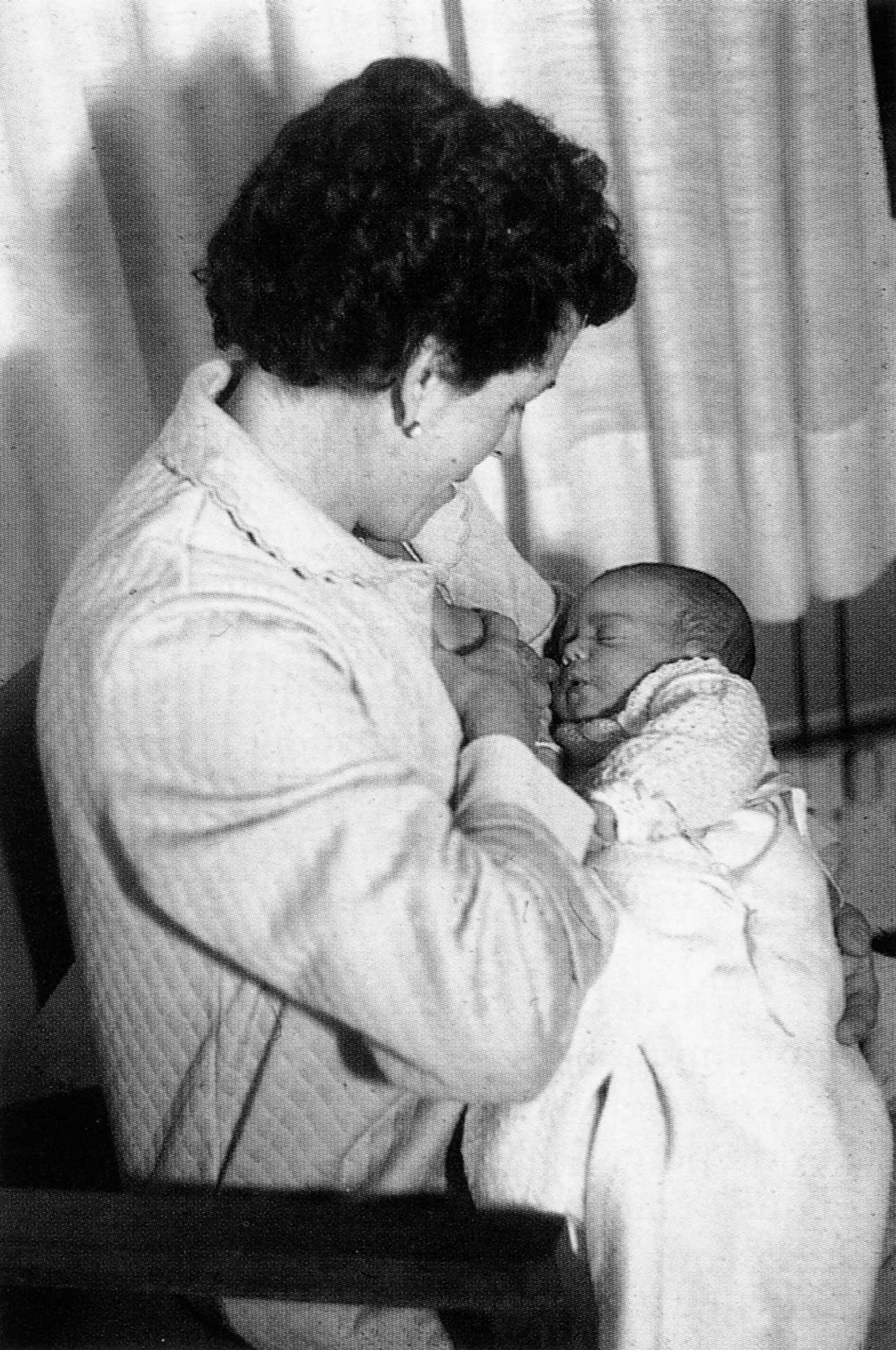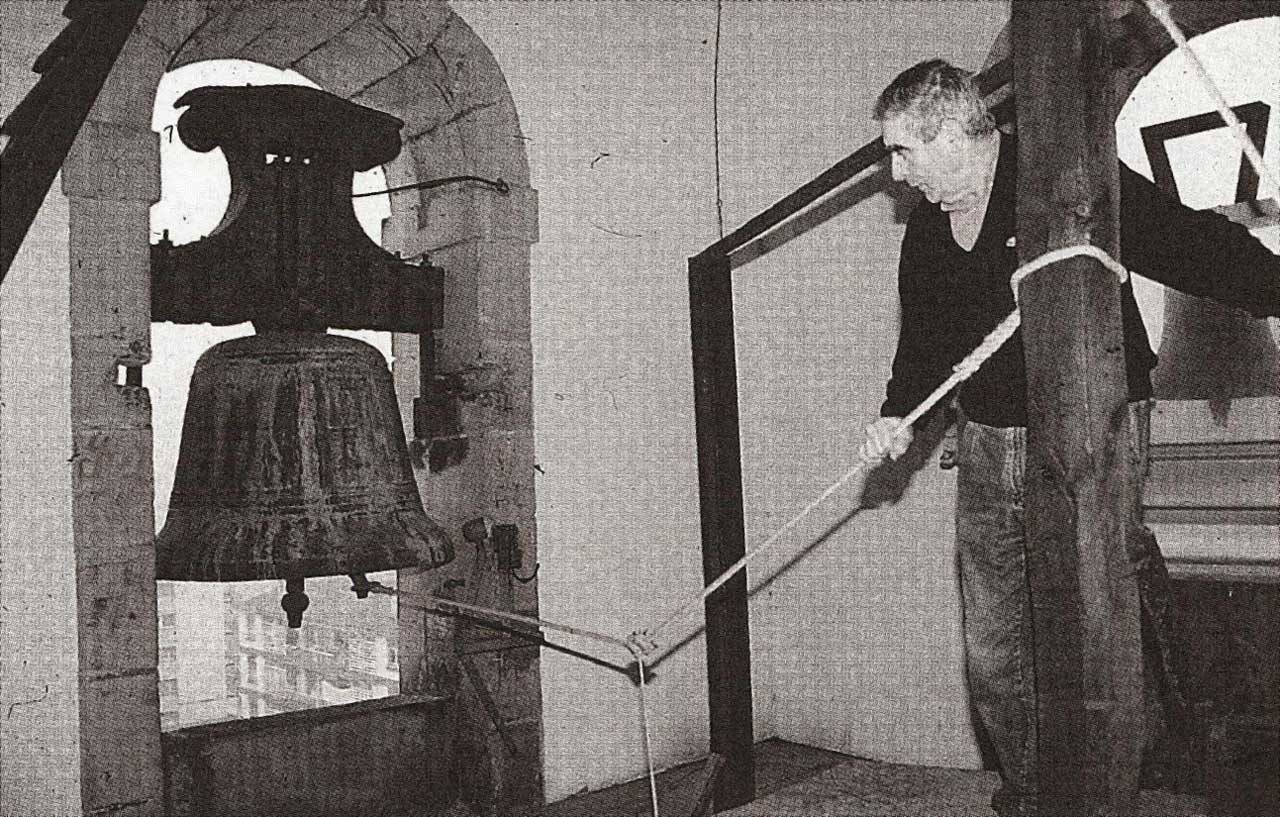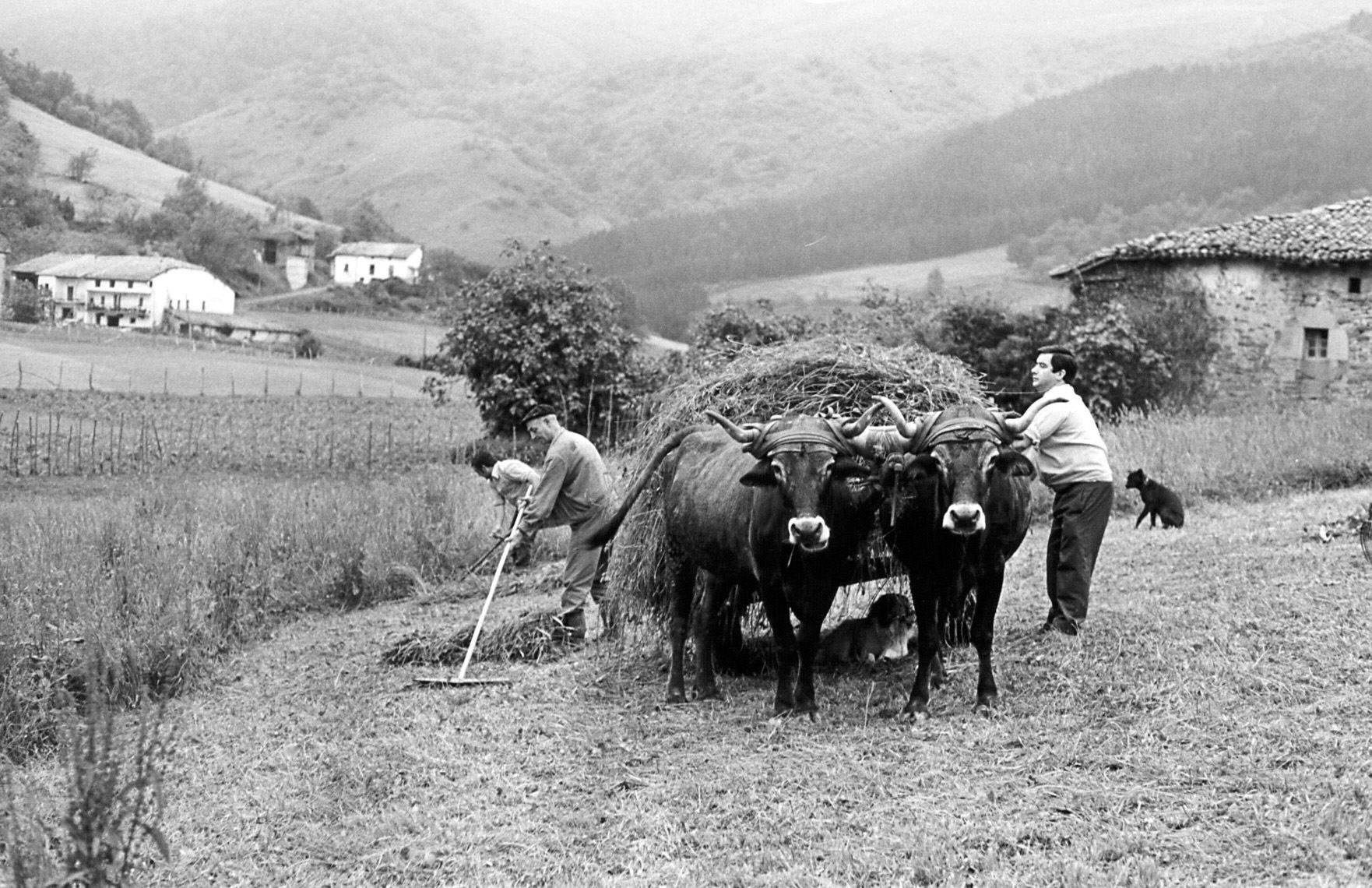Diferencia entre revisiones de «Main Page/en»
De Atlas Etnográfico de Vasconia
| Línea 212: | Línea 212: | ||
| − | ===[ganaderia| | + | ===[ganaderia|Livestock Farming and Shepherding in the Basque Country|/atlas/ganaderia.png|Animal husbandry as a way of life rather than an economic opportunity: aspects related to domestic animals and the human-animal bond.]=== |
| − | ====[Ganaderia_y_pastoreo_en_vasconia | | + | ====[Ganaderia_y_pastoreo_en_vasconia | Livestock Farming and Shepherding in the Basque Country]==== |
====[/atlas/ganaderia/Subida-a-los-pastos-del-Gorbeia-2006.jpg|On the move to the summer pastures in Gorbeia, 2006. Source: Antxon Aguirre, Etniker Euskalerria Groups.|Traditional shepherding and free-range livestock husbandry have prevailed on regions where these three requisites are satisfied: communal land, open-access rights, and free movibility for herds.|]==== | ====[/atlas/ganaderia/Subida-a-los-pastos-del-Gorbeia-2006.jpg|On the move to the summer pastures in Gorbeia, 2006. Source: Antxon Aguirre, Etniker Euskalerria Groups.|Traditional shepherding and free-range livestock husbandry have prevailed on regions where these three requisites are satisfied: communal land, open-access rights, and free movibility for herds.|]==== | ||
====[/atlas/ganaderia/Ovejas-latxas-de-cara-negra-Abadino.jpg|Dark-faced ''latxa'' sheep. Abadiño (B). Source: Rosa M.ª Ardanza, Etniker Euskalerria Groups.|The permanence of shepherding in the mountains of the Basque Country over centuries may help understand the fact that denominations given to diverse species of livestock, as well as to the implements used, form a distinguishing lexical corpus, independent from Indoeuropean languages.|]==== | ====[/atlas/ganaderia/Ovejas-latxas-de-cara-negra-Abadino.jpg|Dark-faced ''latxa'' sheep. Abadiño (B). Source: Rosa M.ª Ardanza, Etniker Euskalerria Groups.|The permanence of shepherding in the mountains of the Basque Country over centuries may help understand the fact that denominations given to diverse species of livestock, as well as to the implements used, form a distinguishing lexical corpus, independent from Indoeuropean languages.|]==== | ||
Revisión del 12:50 27 ene 2020
Zurututza Farmhouse. Zeanuri (B), c. 1925. Source: Labayru Fundazioa Photograhic Archive: Felipe Manterola Collection.
House and Family in the Basque Country


House and Family in the Basque Country
Etxeko habeak, etxeko berri. A fool knows more in his own house than a wise man in another’s.
Family Diet in the Basque Country


Family Diet in the Basque Country
Food was grown on the family small holding or bought from local markets, which, in turn, were supplied with food grown locally. A few products, nearly always non-staples, complemented local or household self-supply.
Children’s Games in the Basque Country


Children’s Games in the Basque Country
Honek arrautza ekarri, honek erreten ipini, honek gatza eman, honek pixka bat probatu, honek dena jan! Game with fingers
Traditional Medicine in the Basque Country


Traditional Medicine in the Basque Country
Kirkila bat eta kirkila bi, kirkilak dira hamabi: hamabitik hamaikara, hamaikatik hamarrera, hamarretik bederatzira, bederatzitik zortzira, zortzitik zazpira, zazpitik seira, seitik bostera, bostetik laura, lautik hirura, hirutik bira, bitik batera, batetik bapezera. Formula for scrofula treatment
Rites from Birth to Marriage in the Basque Country


Rites from Birth to Marriage in the Basque Country
Haurrak negarrik ez, titirik ez. A baby who does not cry, does not suckle.
Funeral Rites in the Basque Country


Funeral Rites in the Basque Country
Tolling the bell was a very effective way of announcing the death in rural settlements.
Livestock Farming and Shepherding in the Basque Country


Livestock Farming and Shepherding in the Basque Country
A black animal, and particularly a billy goat, was considered to protect the herd, flock or barn throughout the area surveyed.
Agriculture in the Basque Country


Agriculture in the Basque Country
That traditional agricultural knowledge came from the deep-rooted bond established with the land. Self-sufficiency entailed deep respect for the land, as their very livelihood depended on it.








